Review
Polestar's product offensive has begun with the launch of the eye-catching Polestar 3 premium large SUV and it should find its way on to the driveways of many company car drivers, offering a high level of style, quality, practicality and performance.
Overview
Since its launch into the UK 2020, Polestar has already made a big impression, with more than 30,000 registrations meaning its 2 is a common sight on UK fleets.
It is now aiming to build on this success with the launch of two new models, the Polestar 3 – driven here – and the Polestar 4.
The 3 is a premium large SUV, rivalling the likes of the BMW iX and Audi Q8 E-Tron, and it is currently available in Launch Edition trim, with the only powertrain at them moment being the four-wheel drive Long Range Dual Motor (P11D price: £75,845), which offers either 483PS in standard spec or 510PS with the Performance Pack models (£81,445).
These offer WLTP ranges of 390 miles and 349 miles respectively from their 111kW batteries. A two-wheel drive Long Range Single Motor specification model, will be available next year, priced at £69,845.
Comfort and practicality
Both comfort and practicality are key attributes for any SUV, and the Polestar offers a deceptively good performance here.
I say deceptively because from the outside it looks smaller than it really is. The 3 measures 4.9m long – the same as a BMW iX – but at just 1.6m tall is 10cm lower.
In fact, the Swedish model is just 5cm taller than mid-sized electric hatchbacks such as the Cupra Born and Volkswagen ID3.
What does this mean for interior space? The driving position is obviously lower than that of an iX, and more like a medium-sized SUV, but there is plenty of space inside.
Space for occupants in the front is plentiful, with the seats both comfortable and supportive with plenty of adjustment, while passengers in the back also have plenty of leg and headroom.
The middle seat on the rear bench is indented, but a completely flat floor means this does not impinge on their comfort.
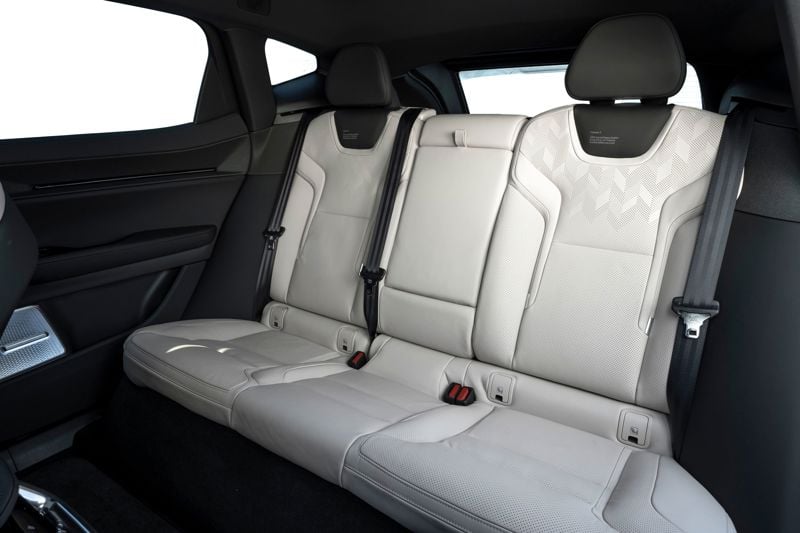
Perhaps the most striking aspect of the classy interior is the large 14.5-inch central infotainment touchscreen – more on this in the safety and technology section – but such is the minimalist design of the cabin that the steering wheel and door mirror adjustments need to be done through this.
The quality of materials and build is consistently high, and occupants are left in no doubt they are in a premium car.
One of the compromises of combining the Polestar 3’s sleek styling with plenty of space in the back is that room in the boot suffers slightly. At 484 litres (including 90 litres of under floor storage) up to the rear seat back with the seats in place, it is 16 litres less than the iX offers and 42 litres less than in the Q6.
Safety and technology
As already mentioned, the Polestar 3 uses a large portrait-mounted touchscreen for its infotainment system, and its user interface is intuitive to use.
This is helped by its sharp graphics and ability to personalise shortcuts on the home page to help the driver access the feature they want easily, without any unnecessary wading through menus.
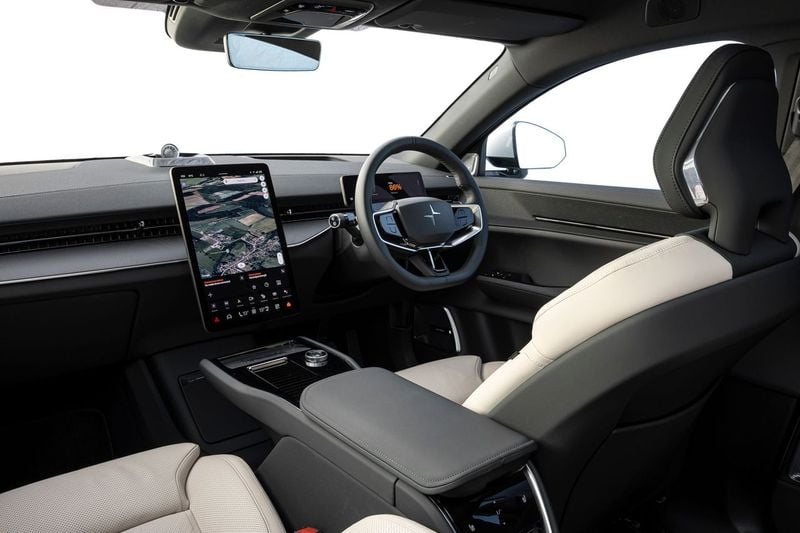
The driver display is also in keeping with the minimalist theme, containing just the basic information, but it also portrays a classy experience.
As with the Polestar 2, the Polestar 3 incorporates a lot of technology. The infotainment is powered by Android Automotive, so has a number of Google features (Google Assistant, Google Maps and Google Play Store) built in, with other highlights including Apple CarPlay, wireless phone charging, over-the-air software updates for life, Polestar app, and a 360-degree surround view camera.
It is also packed with a wide range of standard safety features, and these include adaptive cruise control with automatic emergency braking, cross-traffic alert, lane keep assist, blind spot monitoring, rear collision alert and road sign information.
Driveability and efficiency
We drove the Long Range Dual Motor model on the UK media launch, and as you would expect from a car with 483PS, it has plenty of performance – Polestar says it will take 4.8 seconds to accelerate from 0-60mph.
The power was, however, delivered smoothly so the acceleration never catches you by surprise through its abruptness, but instead eases you into its speed.
As any premium SUV should, it rides really well, with high levels of comfort and refinement provided by its standard air suspension, to keep passengers isolated from the worst the UK’s roads can throw at you, while the weight and feel of the steering provides an engaging driving experience.
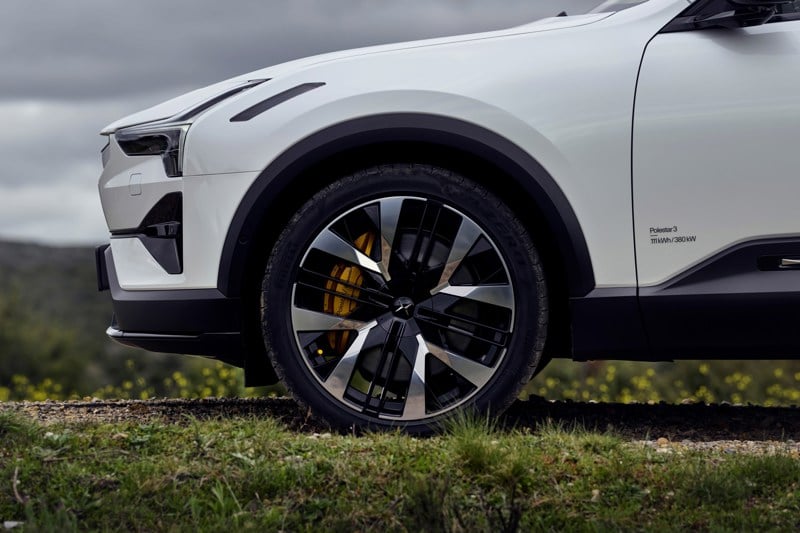
As already mentioned, our test model has a 111kW battery (107kW usable), and this is charged through either the 11kW onboard AC charger or from a DC charge point.
Polestar 3 can charge at up to 250KW from an appropriate DC rapid charge point, so it will take 30 minutes to go from 10% to 80% capacity.
Company car tax and running costs
For any company looking to add the Polestar 3 to its choice list, it provides class-competitive running costs.
The Fleet News company car calculator shows it has costs of 67.57 pence per mile. In comparison, an Audi Q6 E-Tron Quattro S-Line will cost 66.43pm and a BMW iX xDrive40 Sport 76.6ppm, although these have 96PS and 157PS less respectively.
A 40% taxpayer will face a monthly company car tax bill of £51.
Specs
| Manufacturer | Polestar |
| Model | 3 Estate |
| Specification | Polestar 3 Estate 360kW 111kWh Long Range Dual Motor 5dr Auto |
| Model Year | 2025.00 |
| Annual VED (Road tax) | £10 |
| BIK List Price | £75,845 |
| Range | 395.00mile(s) |
| CO2 | N/A |
| BIK Percentage | 3% |
| Insurance Group | N/A |
| CC | 1 |
| Fuel Type | Electric |
| Vehicle Type | Large SUV |
| Luggage capacity (Seats up) | 484litres |
| Doors | 5 |
Running Costs
| P11D | £75,845 |
| Cost per mile | 81.86ppm |
| Residual value | £29,950 |
| Insurance group | N/A |
| Fuel Type | Electric |
| Cost per mile | 317.73ppm |
| Fuel | 2.83ppm |
| Depreciation | 312.50ppm |
| Service maintenance and repair | 2.40ppm |
Rivals
Info at a glance
-
P11D Price
£75,845
-
MPG
N/A (WLTP) -
CO2 Emissions
N/A -
BIK %
3% -
Running cost
3 Year 60k : £29,950 4 Year 80k : £24,450 -
Fuel Type
Electric -
Range
395.00mile(s)

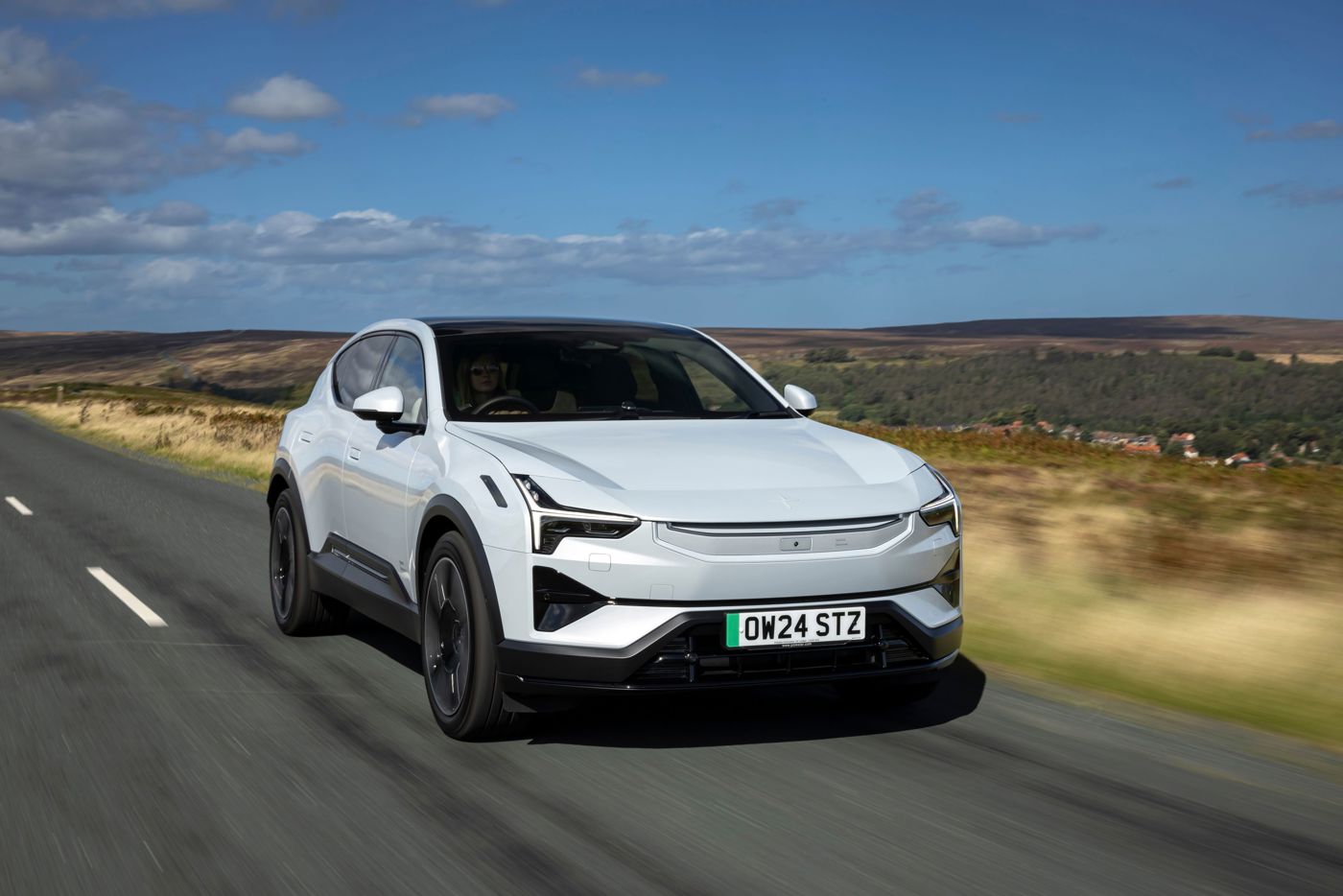





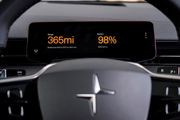








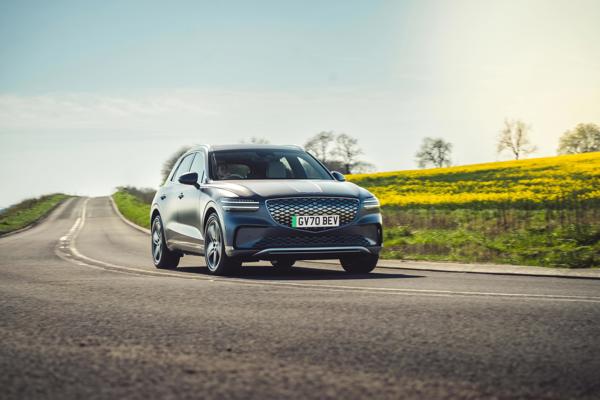
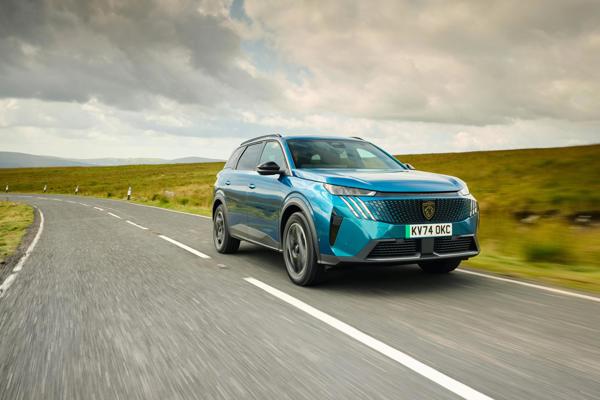
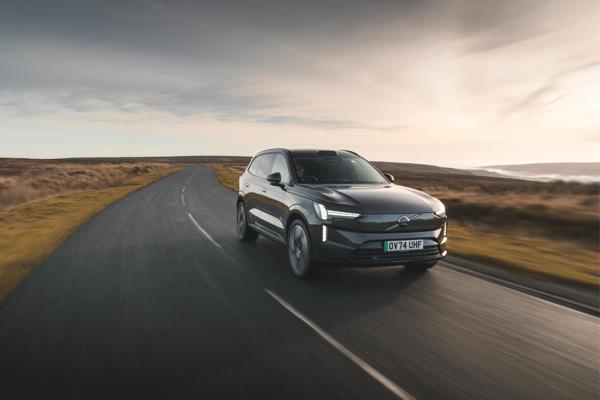
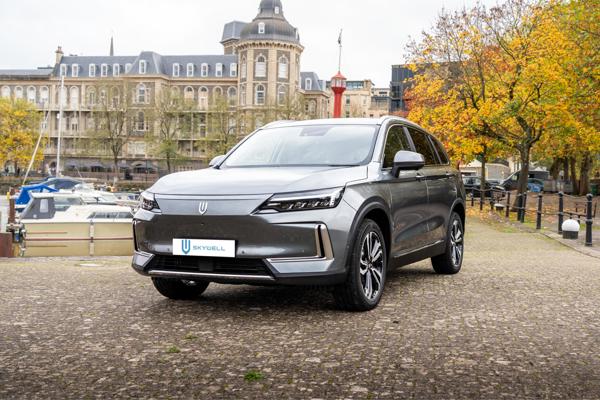
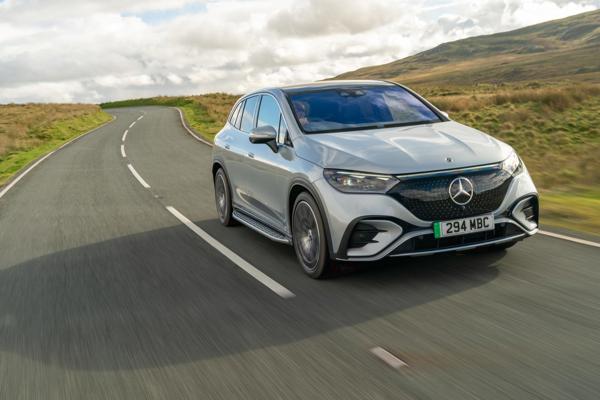
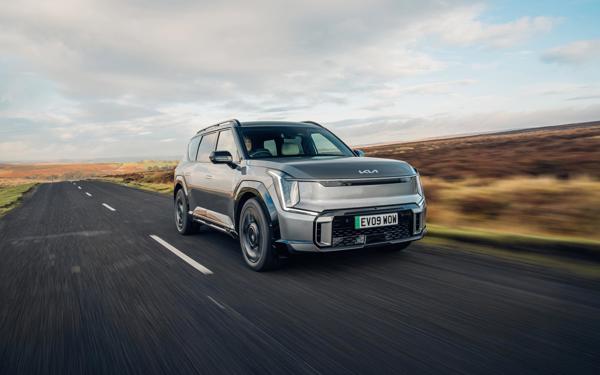
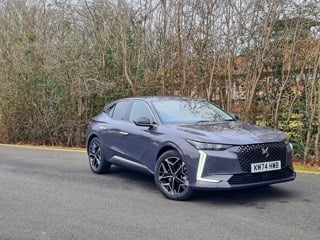
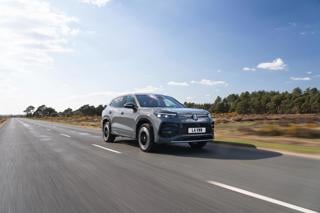
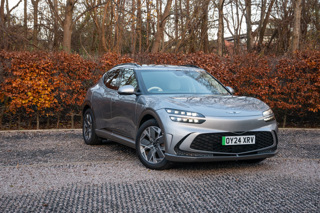













Login to comment
Comments
No comments have been made yet.